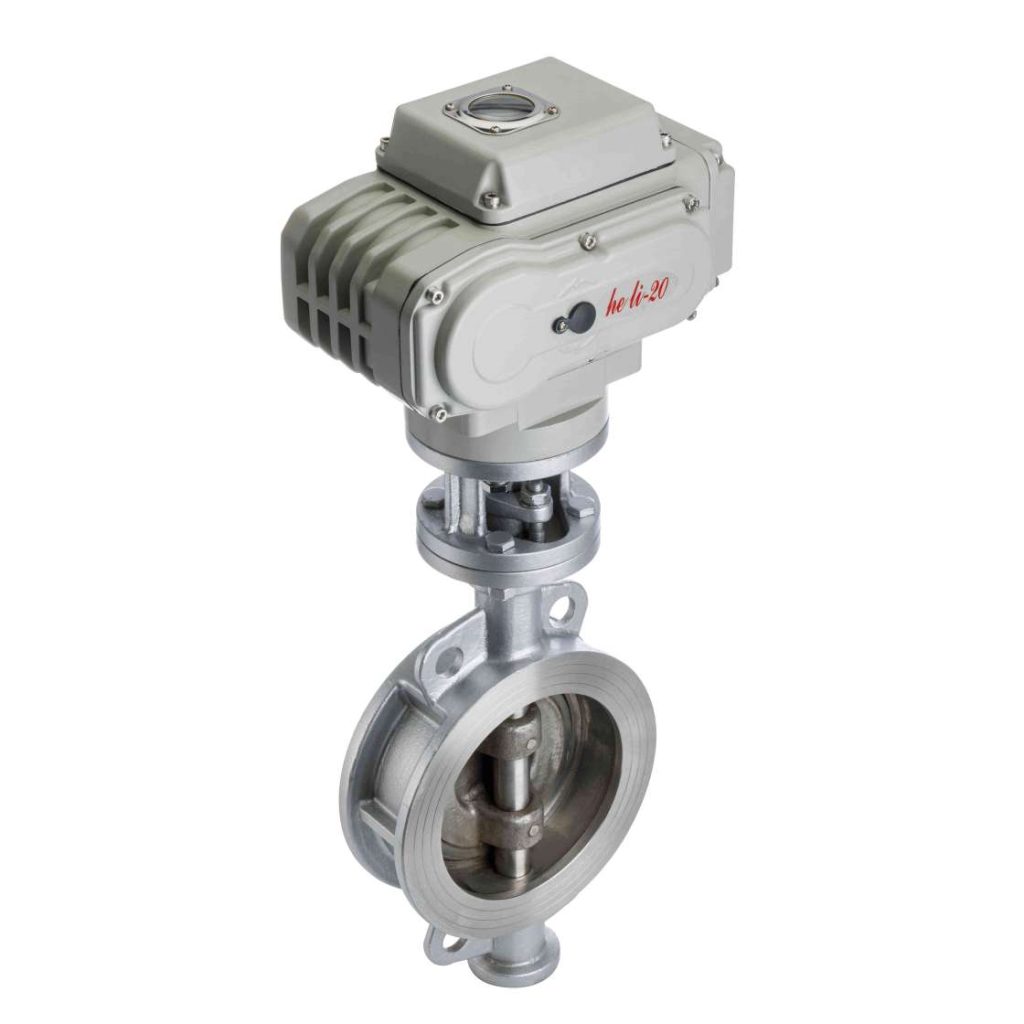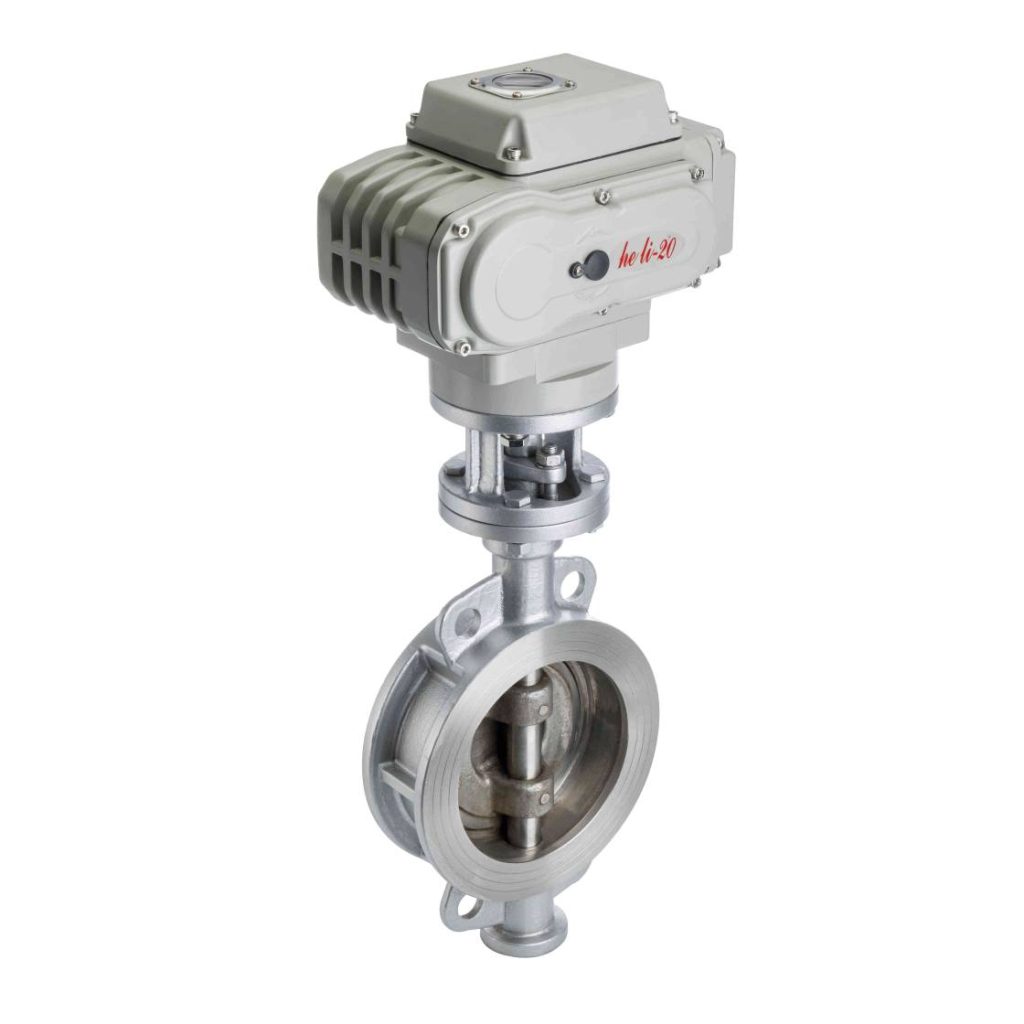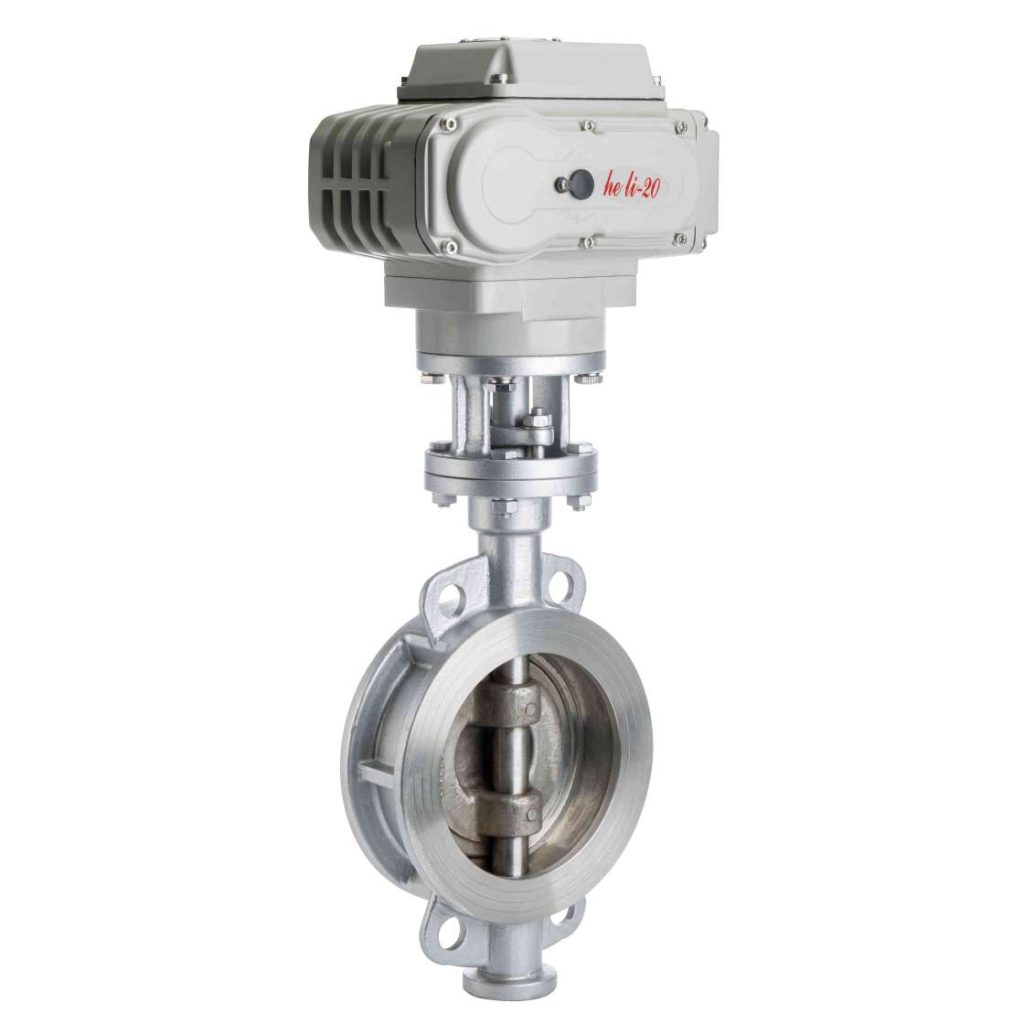The WCB Electric Three Eccentric Butterfly Valve is an advanced valve technology used primarily in industrial applications requiring efficient flow control, leak-tight sealing, and high reliability. This valve type combines the innovative features of a three-eccentric design with the power and automation of an electric actuator. The WCB designation refers to the material of the valve body, which is typically made from carbon steel, providing strength, durability, and corrosion resistance for a wide range of industrial uses.

Understanding the Three-Eccentric Design

The three-eccentric design of the butterfly valve is a crucial feature that distinguishes it from standard butterfly valves. The term “eccentric” refers to the positioning of the valve’s shaft in relation to the sealing surfaces. In a conventional butterfly valve, the shaft is placed centrally, which can lead to wear and potential leakage, especially under high-pressure conditions. In a three-eccentric valve, the shaft is positioned in such a way that it provides a more uniform sealing surface. The first eccentricity refers to the offset of the shaft from the center of the valve, the second to the displacement of the disc relative to the seat, and the third to the disc’s axis of rotation. This design minimizes the wear on the sealing components, ensures a tighter seal, and improves the overall lifespan of the valve, particularly in challenging environments.
